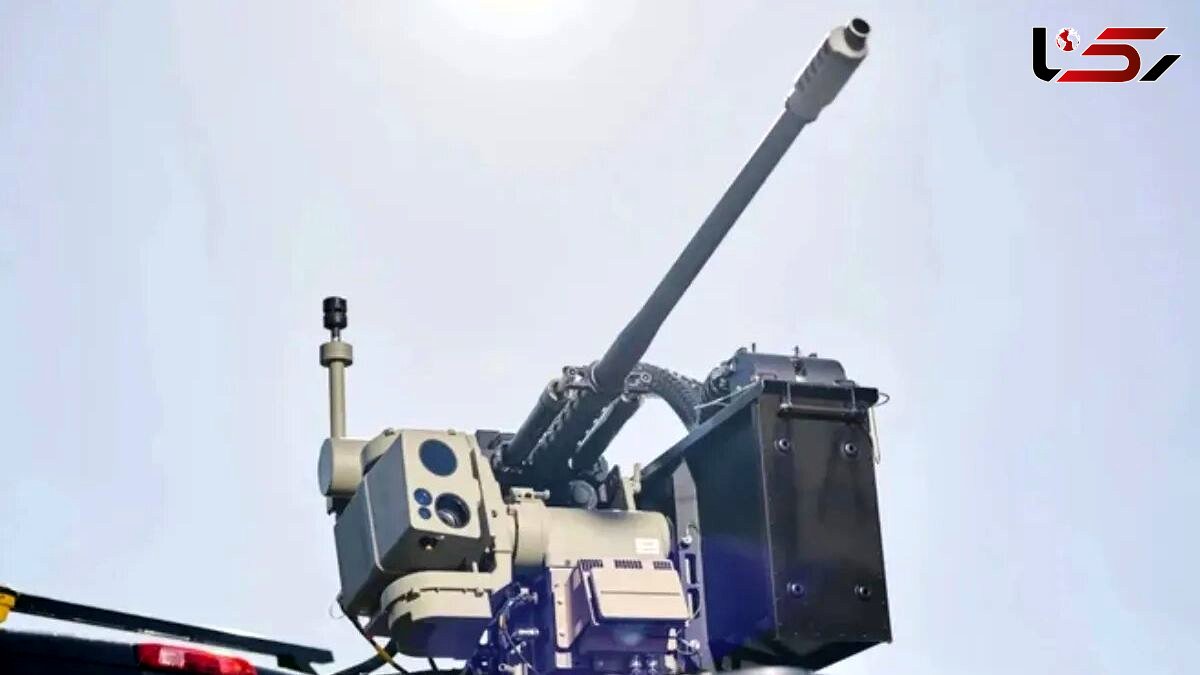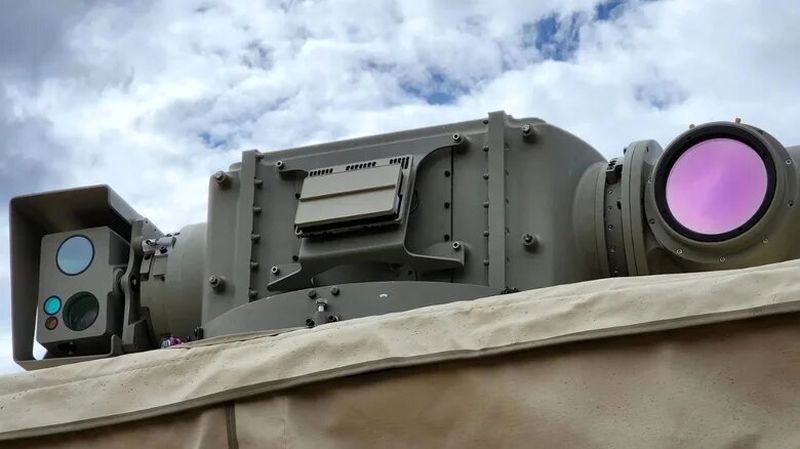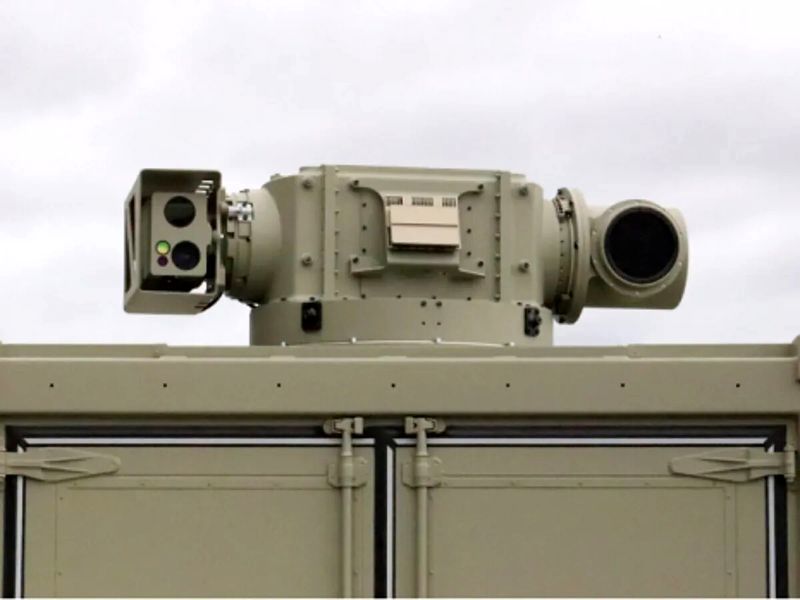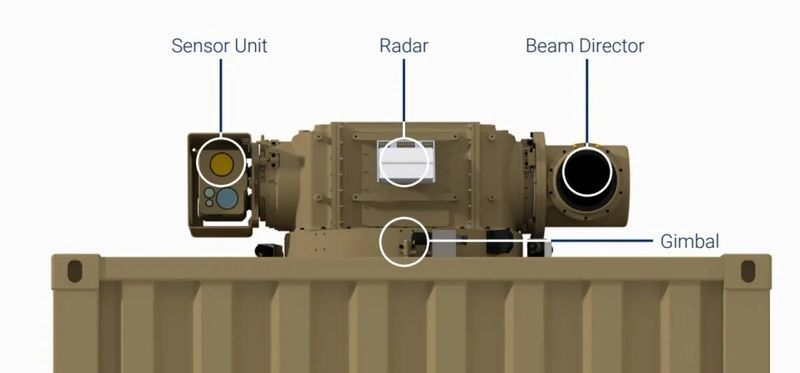New Weapon Can Shoot Down 200 Drones at Once, Says Report
Rokna Political Desk: Drones have permanently changed the face of modern warfare. From rapid deployment and real-time intelligence gathering to remote control and low operating costs, unmanned aerial vehicles have become versatile and effective tools — and precisely because of those qualities they now constitute a serious threat to conventional armed forces. In recent years a wide range of systems and countermeasures have been developed to defeat them.

According to Rokna, citing Ruyato, the U.S. Department of Defense is working on a project called “Replicator 2” aimed at neutralizing hostile drones. The latest breakthrough in this field, however, is the Apollo laser system — a high-energy weapon reputedly capable of disabling up to 200 drones with a single engagement and without requiring an external power source.
The Apollo’s mobility and independence from continuous external power make it a lethal and well-suited system for counter-drone missions. Built by Australia’s Electro-Optic Systems (EOS), Apollo is a high-energy laser weapon (HELW) in the 100-kilowatt class with upgrade potential to 150 kilowatts, and it provides full 360-degree coverage against incoming unmanned threats. EOS says the system is designed to counter Group-1 to Group-3 UAS and to degrade their sensors at range. The system can be deployed as a stand-alone asset or integrated onto various platforms to reinforce layered anti-drone defenses.

A New Peak for Directed-Energy Weapons, Industry Sources Say
A New York Times story quoting officials, experts and industry executives described Apollo as “apparently the most powerful direct-energy weapon yet sold on the global arms market.”
Operational Performance and Cost Advantages
Apollo’s effective engagement range is approximately five kilometres, and the system can reportedly defeat 20–30 drones per minute. Johannes Pinel, CEO of major security-defense firm MARSS, called that rate of defeat “unprecedented,” noting the system’s particular effectiveness against swarm-based drone attacks. One of the most important advantages of EOS’s laser anti-drone system is economic: industry estimates place the cost per shot at roughly ten U.S. cents — a startlingly low figure compared with conventional kinetic interceptors.
By this metric Apollo is comparable to radio-frequency directed-energy demonstrators tested in the U.K., which are reported to cost roughly thirteen cents per engagement, while the U.S. Navy has trialled microwave systems that disable UAS through high-power electromagnetic effects.

For comparison, each shot from Ukraine’s Gepard anti-aircraft system costs on the order of $600, and advanced airburst munitions such as AHEAD can raise per-shot costs to about $1,000. Using missiles to counter drones is far more expensive still: EOS’s Andreas Schüer observes that missile intercept costs can range from roughly $500,000 up to $2 million per engagement.
How the Apollo Works
Dr. Andreas Schüer explains that EOS’s system combines multiple laser beams to amplify delivered energy. The system tracks targets with high precision and holds a laser beam on the drone until it is disabled — typically within one to two seconds of sustained exposure. Tactically, lasers can be directed upward as well, a capability many kinetic anti-drone systems lack.
Transforming Future Battlefields
Laser-based counter-UAS systems possess multiple battlefield advantages. They do not consume conventional ammunition and can operate continuously so long as an energy source is available. Compared with railguns, for example, lasers offer more sustainable operation because railguns require vast instantaneous energy and produce enormous wear. Laser beams travel at light speed, so the only delay to engagement is detection and aim; combined with extremely low per-shot cost, this makes them attractive for defending installations and forces against massed small-UAS attacks.

Global Development Race
EOS is not the only developer of military lasers. Nations around the world are fielding and testing directed-energy weapons for counter-drone and other roles; the rapid economics of laser use is accelerating both innovation and adoption. Examples include:
• China — the Guorong-I ground-to-air laser system, reportedly able to down drones in seconds.
• Israel — the Iron Beam, a well-known laser system that was reportedly employed earlier this year in Lebanon.
• United States — Lockheed Martin has developed more powerful systems in the 300-kilowatt range (HELSI) and transferred prototypes to the Defense Department.
• Japan — Kawasaki Heavy Industries has built vehicle-mountable laser anti-drone systems.
• India — DRDO’s Laser Directed Weapon (DEW) MK-II(A) has been trialled against single and swarm UAS.
Send Comments